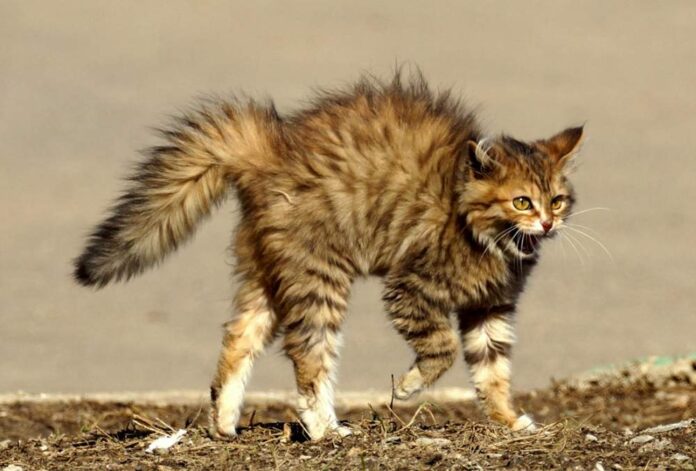In this comprehensive guide, we will delve into the topic of understanding and managing aggressive cats. As feline companions, cats bring joy and love to our lives, but sometimes they may exhibit aggressive behavior, which can be concerning for their owners. We will explore the reasons behind such behavior and provide effective strategies to address and manage aggression in cats.
Understanding Aggression in Cats
Types of Aggression
There are various types of aggression that cats may display. These include:
- Territorial Aggression: Cats are highly territorial creatures, and they may become aggressive when they feel their territory is being invaded by other animals or even humans.
- Fear-Induced Aggression: Cats may react aggressively when they feel threatened or scared, often resorting to defensive behaviors.
- Redirected Aggression: Sometimes, cats may redirect their aggression towards a different target if they are unable to confront the source of their frustration directly.
- Play Aggression: Play is a natural behavior for cats, but it can escalate into aggression if they become overly excited during playtime.
- Pain-Induced Aggression: Cats may lash out aggressively if they are experiencing pain or discomfort, using aggression as a way to protect themselves.
Identifying Aggressive Behavior
Recognizing the signs of aggression is crucial for addressing the issue effectively. Some common signs of aggressive behavior in cats include:
- Growling, hissing, or spitting
- Swatting with paws
- Biting or scratching
- Flattening ears and dilated pupils
- Raised fur along the back and tail
Managing Aggressive Behavior
Creating a Safe Environment
To help manage aggression in cats, it is essential to provide them with a safe and stress-free environment. Here are some steps you can take:
- Provide Vertical Space: Cats feel more secure when they have vertical space to climb and observe their surroundings. Investing in cat trees or shelves can be beneficial.
- Offer Hiding Spots: Make sure there are cozy hiding spots where your cat can retreat if they feel overwhelmed or anxious.
- Use Feliway Diffusers: Feliway is a synthetic feline facial pheromone that helps create a calming atmosphere for cats.
Behavioral Training
Behavioral training can be highly effective in managing aggression. Positive reinforcement techniques can help modify aggressive behavior and encourage positive actions.
- Clicker Training: Clicker training is a method that uses a clicker to mark desired behaviors, followed by a reward. It can be useful in teaching cats alternative behaviors to aggression.
Play Therapy
Engaging your cat in interactive play sessions can release pent-up energy and reduce aggressive tendencies. Use toys that allow your cat to mimic hunting behaviors, such as feather wands or laser pointers.
Consult a Veterinarian
If your cat’s aggressive behavior is sudden and unexplained, it’s essential to consult a veterinarian. Medical issues or pain might be the underlying cause of aggression, and addressing these issues can help resolve the problem.
Conclusion
Understanding and managing aggressive behavior in cats is crucial for ensuring a harmonious relationship between you and your feline companion. By providing a safe environment, implementing behavioral training, and engaging in play therapy, you can help your cat overcome aggression and lead a happy, well-balanced life.
Remember, patience and consistency are key when working with aggressive cats. If you ever feel overwhelmed or unsure, do not hesitate to seek advice from a professional veterinarian or animal behaviorist. With love and understanding, you can help your cat become content and well-adjusted member of your family.
